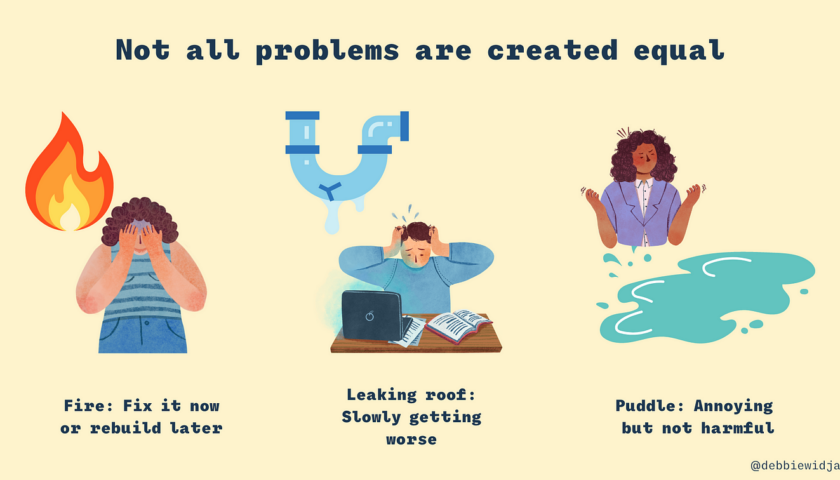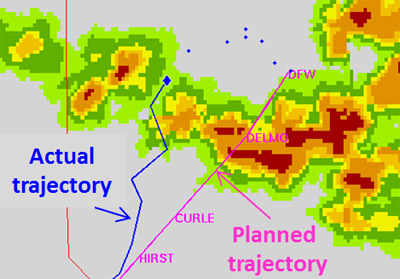“Don’t wake me up, I am studying”, a pilot.
Aircraft Operating Manuals/Flight Crew Operating Manuals/Pilots’Operating Handbook (AOM/FCOM/POH) constitute the primary flight crew reference for the operation of an aircraft under normal, abnormal, and emergency conditions. These publications include aircraft general descriptions, system descriptions, normal and emergency procedures, supplementary techniques, and performance data. Along with the initial training course, the AOM/FCOM constitutes a trainee’s first introduction to their new aircraft. This is normally followed by fixed-based or full-flight simulator training and, ultimately, operating the actual aircraft. The manuals are always kept handy for quick reference and are the most referred and quoted documents.
Early in my career, I was told to remember all the specific figures and procedures from these manuals like the back of my hand. The information in manuals kept growing in size and complexity as I kept moving from simple piston engine training aircraft to more complex multi-engine supersonic jet fighter. As the communication technology progressed from fixed landline telephone to simple mobile handest to smartphones, the manuals also kept pace and moved from simple black and white paper documents to colorful documents and then to app-based electronic flight bags.
Like any other young fighter pilot, I never paid much attention to these manuals other than what was required. These manuals were dusted just before the annual visit of AEB or DASI to the squadron. However, things changed when I got selected for the test pilot course where we had to dig up all the required information form these books about aircraft, systems, and their operations. But it took an ugly turn when I was ordered to author them as a subject matter expert while in Russia for a fighter aircraft upgrade project. The boss could read the vehement protests written all across my face. But he was undeterred. And I was left with no choice. As a challenge I took a vow under my breath, to make these documents as creative and interesting as possible. ‘Everyone would love to read these manuals and it would be no less than a bestseller’, I kept telling myself. This was not the first nor the last time I was absolutely off the mark.
Within the first few minutes of meeting documentation team, I realized how terribly wrong I was. The learning graph was very steep and task challenging. But soon, Rayban in eye socket gave way to reading glasses and crossed hands showing the relative position of two virtual aircraft engaged in combat settled to on the keyboard. I recollected the pros and cons of all the flight manuals I had read since the beginning of my journey as an ab-initio pilot.
How technical writing is unique
Creative writers use a more informal approach, show their personality with their voice, may keep the reader guessing, build suspense, provide enjoyment, have beautiful imagery, examples include poems and fiction, a best-selling novel or biography.
Business writing is much more straight-forward with concise, clear wording. So the more informal shorter letters and emails are one category of business writing, but another category of business writing is business reports. Similarities between business reports in general and technical reports certainly exist. Both have some of the same parts, and both present information and possibly a recommendation to a specific audience. All business reports, including technical ones, need to be direct, straightforward, detailed and have a specific structure. They’re generally written in the third person, so the first person I, me, and us, and the second person you and your pronouns are avoided and need to be mechanically correct. All business reports can also tell a story, but the story is not a creative one. It’s a critical thinking one.
In the most simplistic terms, the purpose of any technical report is to give technical information to either inform or to persuade the reader. Technical writing has no place for creativity, no concern about a voice, shouldn’t include unsupported opinions or editorializing. Think of technical writing as structured, straightforward, clear, concise. So understanding the differences is an important step in learning how to write a technical business report.
Ethical Boundaries
The most simplistic definition of ethics is doing what is right, versus not doing what is wrong.
Ethical behavior is important in everything, including technical writing. The main purpose of technical reports is to help the consumer be safe and to use products effectively and confidently. The Society for Technical Writers, a professional association dedicated to the advancement of technical communication, identifies six ethical principles that must be adhered to.
User Needs
Learning is a “linear process” that includes studying and understanding basic systems, normal procedures, abnormal/emergency procedures and, ultimately, specific operational aspects. In contrast, flying is a “contextual process” where the need for information results from a contextual interrogation (e.g. what do I need to know to achieve my goal in the prevailing context ?). Flight manuals must therefore mirror the users mental model in terms of goals – what to do, when, how, which option to choose to best achieve the goal. The contents of operating manuals must consequently be goal and context-oriented. They must describe the operation of systems and the use of various controls in the operational context where they will be used, going from the mission to the goal, from the goal to the procedure, and from the procedure to the task.
Authoring
Although often authored by non-pilots and non-native-English speakers, AOM’s / FCOM’s must be written for pilots, from a pilot’s perspective, and in pilot’s terms/words. Authoring operating manuals requires considering all aspects of the users, including their profile, mental model, expectations, and behaviour. In other words, this implies defining what the reader needs, the way the reader needs it, and where the reader expects to find it in the publication. The contents and presentation of operating manuals must meet the respective needs of different users (e.g. trainees, line pilots transitioning to a new aircraft, instructors, and check airmen). The background and profile of these users differ in terms of technical/academic background, flying experience, and experience in previous types of aircraft. A modern aircraft are complex – reflecting the complexity of today’s operating environment – the challenge of the operating manuals is to present this complexity in simple terms and supporting illustrations. As a consequence, the description of systems and the description of procedures should establish bridges between systems descriptions and procedures.
Having understood the purpose of the flight manuals, in the second and concluding part I will bring out the best practices in my opinion, the problems I faced and lessons learnt while authoring flight manuals.
Be safety conscious. Be safe.
To read Part 2, click here.
Photo courtesy: stuff.co.nz



